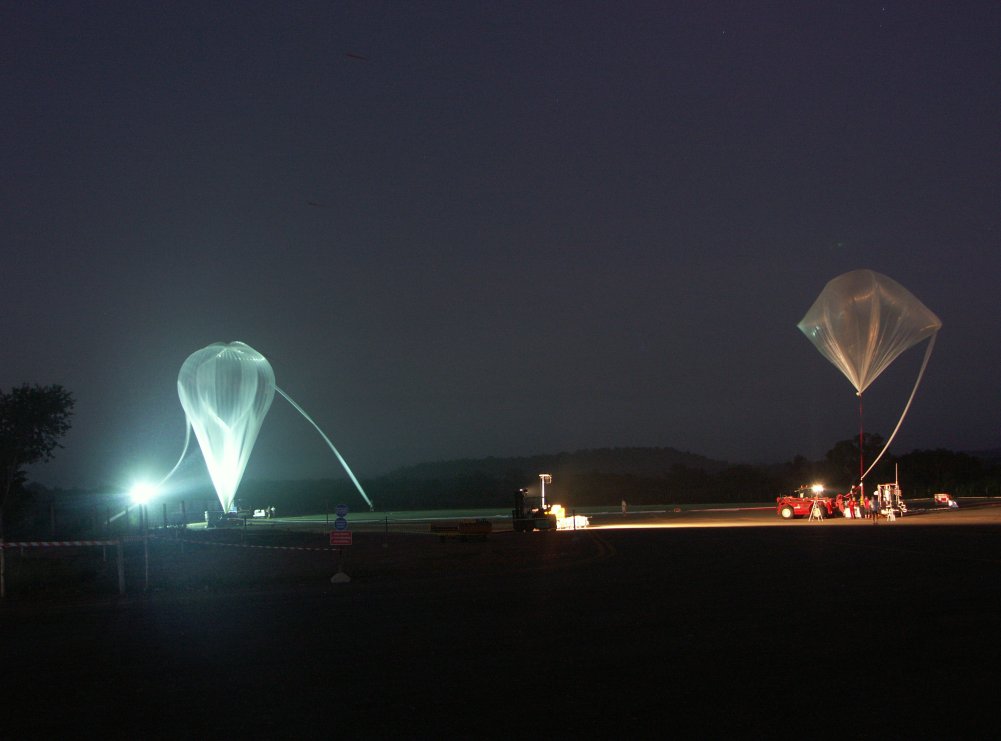Purpose of the flight and payload description
The main objective of the flight was to collect ozone samples by means of a cryogenic device developed by the atmospheric research group at the Max-Planck-Institut for Nuclear Physics at Heidelberg, Germany. This new generation of collectors, can obtain carbon dioxide and ozone samples in separate low temperature traps at 80 K and 63 K, respectively. Four sets of dual traps are part of a balloon payload. Stratospheric air is forced through the first trap in which CO2 will condense, and will continue through a second trap where ozone is collected without condensing any of the major atmospheric gases. After sufficient amount of ozone is collected during float or during a slow descent the inlet is closed and the traps are briefly connected to a small pump to remove residual air before another pair of traps is switched to the inlet. Of the four samples obtained during a flight, two are usually collected during float and the other two during the descent. Either atmospheric temperature sensors were part of the payload or Vaisala ozone sondes were launched during or immediately before or after a balloon flight to provide temperature, total pressure, and ozone partial pressures.
Details of the balloon flight
Balloon launched on: 6/4/2005 at 5:40 local
Launch site: Domingos Rego Aerodrome, Timón, Maranhao, Brazil
Balloon launched by: Centre National d'Etudes Spatiales (CNES)
Balloon manufacturer/size/composition: Zero Pressure Balloon model 150z Zodiac - 150.000 m3
End of flight (L for landing time, W for last contact, otherwise termination time): 6/4/2005 at 11:51 local
Balloon flight duration (F: time at float only, otherwise total flight time in d:days / h:hours or m:minutes - ): 6 h
Landing site: Near Grajaú, Maranhao state , Brazil
Campaign: ELBC (Equatorial Large Balloon Campaign)
Payload weight: 250 kg
The balloon was launched at 5:40 local time on June 4th 2005 by dynamic method assisted by auxiliary balloon.
After a initial ascent phase the float altitude of 36 km. was achieved and was activated the valve located at the top of the balloon starting a controlled descent to allow to take samples at different altitudes.
After near 6 hours of flight the separation command was transmited at 11:51 local time and after a descent phase of near 45 minutos the payload landed northeast of Grajaú, Maranhao state, near 350 kms west of the launch base.
External references
- Balloons launched over Equatorial Brazil validate Envisat ESA website
- Stratospheric ozone isotope fractionations derived from collected samples J. Geophys. Res., 112, D08301
2019If you consider this website interesting or useful, you can help me to keep it up and running with a small donation to cover the operational costs. Just the equivalent of the price of a cup of coffee helps a lot.


